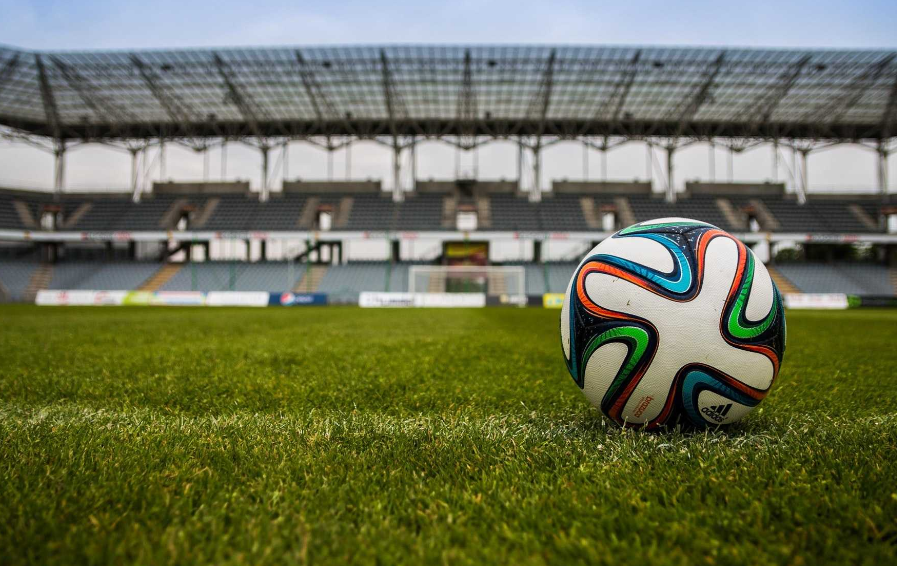Chile National Sport, the Chilean rodeo, is an exhilarating display of horsemanship and teamwork deeply rooted in the country’s history and culture. This unique equestrian sport combines elements of herding, roping, and maneuvering cattle, showcasing the skills and traditions of the Chilean huaso, or cowboy. In this article, we will delve into the fascinating world of Chilean rodeo, exploring its history, rules, cultural significance, and much more.
Chilean rodeo, locally known as “rodeo chileno,” has a long and storied history that dates back to the colonial era when Spanish conquistadors introduced horses and cattle to Chile. Over the centuries, this equestrian tradition evolved and became an integral part of Chilean culture, symbolizing the ruggedness, spirit, and agricultural heritage of the nation.
The History of Chile National Sport
Chilean rodeo traces its origins to the 16th century, when Spanish settlers began using horses to manage their livestock. The practice of herding and controlling cattle on horseback gradually developed into a competitive event, providing entertainment and fostering camaraderie among the local communities.
The Rules and Regulations
Chilean rodeo follows a distinct set of rules and regulations that differentiate it from other forms of rodeo. The main objective is for a team of two riders, known as a “collera,” to corral a calf between two padded poles called “palos” and bring it to a designated area within a time limit. The riders must perform specific maneuvers, such as “medialuna” (half-moon) and “quesadilla” (cheese turnover), while keeping the calf from escaping.
The Role of Horses in Chilean Rodeo
Horses play a vital role in Chilean rodeo, as they are not only the means of transportation but also partners in the intricate dance with the cattle. Chilean rodeo horses, known as “caballos chilenos,” are a unique breed that has been selectively bred for agility, strength, and maneuverability. These horses possess a special bond with their riders and are highly trained to respond to subtle cues, making them indispensable in the fast-paced and demanding sport of Chilean rodeo.
The Importance of Chile National Sport in Chilean Culture
Chilean rodeo holds immense cultural significance in Chile, representing the country’s rural traditions, folklore, and sense of national identity. It serves as a platform for showcasing the skills and horsemanship of the huaso, fostering a deep connection between the people, their land, and their heritage. Chilean rodeo competitions, often accompanied by traditional music, dance, and food, bring communities together, creating a sense of unity and celebration.
Popular Rodeo Venues in Chile
Chile is home to numerous rodeo arenas, known as “medialunas,” where rodeo competitions take place throughout the year. These venues attract both participants and spectators from all over the country, offering a vibrant and immersive experience of Chilean rodeo culture. Some of the most renowned medialunas include the Medialuna Monumental in Rancagua, the Medialuna de Los Andes, and the Medialuna de San Fernando.
Training and Preparation for Chilean Rodeo
Participating in Chilean rodeo requires rigorous training, dedication, and a deep understanding of horsemanship. Huasos spend years honing their riding skills, mastering the precise movements and techniques necessary to excel in the sport. Training involves not only the riders but also the horses, who undergo specialized conditioning and schooling to enhance their performance in the arena.
Notable Chilean Rodeo Competitions and Champions
Chilean rodeo features a wide range of competitions, from local amateur events to prestigious national championships. The most prominent of these is the “Campeonato Nacional de Rodeo,” held annually in Santiago, where the top riders and horses from across the country compete for the title of national champion. Throughout history, legendary huasos and their horses have left an indelible mark on Chilean rodeo, becoming icons and sources of inspiration for aspiring riders.
Challenges and Controversies Surrounding Chile National Sport
Despite its popularity, Chilean rodeo has faced challenges and controversies over the years. Animal rights activists have raised concerns about the welfare of the cattle involved in the sport, leading to discussions about implementing stricter regulations and safeguards. Efforts have been made to address these concerns, including the introduction of guidelines for the humane treatment of animals and the promotion of sustainable practices within the rodeo community.
The Impact of Chilean Rodeo on Tourism
Chilean rodeo has become an attraction for both domestic and international tourists seeking an authentic cultural experience. The combination of thrilling horsemanship, vibrant traditions, and the picturesque settings of rodeo arenas draws visitors from around the world. Rodeo-related tourism contributes to local economies, supporting businesses such as hotels, restaurants, and souvenir shops, while promoting cultural exchange and appreciation.
Similarities and Differences with Traditional Rodeos
While Chilean rodeo shares some similarities with traditional rodeos found in other countries, such as the United States, it also has distinctive features that set it apart. Unlike the Western-style rodeos that focus on individual events like bull riding and roping, Chilean rodeo emphasizes teamwork, precision, and finesse. The collaboration between the riders and their horses creates a unique dynamic that defines the sport.
The Future of Chile National Sport
As Chile continues to evolve and modernize, the future of Chilean rodeo faces both challenges and opportunities. Efforts are being made to strike a balance between preserving the rich traditions and cultural heritage associated with the sport and addressing concerns regarding animal welfare. With ongoing dialogue and adaptation, Chilean rodeo has the potential to thrive while embracing ethical practices and further promoting its unique place in Chilean society.
Conclusion
Chilean rodeo stands as a testament to the rich cultural tapestry of Chile, intertwining history, horsemanship, and passion in a vibrant display of skill and tradition. The sport’s enduring popularity and its ability to bring people together reflect the deep connection between Chileans and their land. As Chilean rodeo continues to evolve and adapt, it remains an integral part of the nation’s identity, celebrating its heritage and captivating audiences with its thrilling displays of horsemanship.
FAQs
1. Is Chilean rodeo a dangerous sport?
Chilean rodeo, like any equestrian sport, carries inherent risks. However, strict safety measures and guidelines are in place to minimize these risks and ensure the well-being of both riders and animals.
2. Are there any age restrictions for participating in Chilean rodeo?
There are no specific age restrictions for participating in Chilean rodeo. Huasos of all ages, from young children to seasoned veterans, can take part in the sport, with different competitions catering to different age groups.
3. Are women allowed to compete in Chilean rodeo?
Yes, women are actively involved in Chilean rodeo, both as riders and as supporters. There are competitions exclusively for female riders, and some women have achieved great success and recognition in the sport.
4. How can I witness a Chilean rodeo event?
Chilean rodeo events are held throughout the country, with various medialunas hosting competitions. You can check local event calendars or visit popular venues to witness the excitement firsthand and immerse yourself in the culture of Chilean rodeo.
5. Are there any rodeo-related museums or exhibitions in Chile?
Yes, there are several museums and exhibitions dedicated to preserving the history and heritage of Chilean rodeo. These institutions offer insights into the evolution of the sport and its cultural significance, showcasing artifacts, photographs, and interactive displays.
References:
- Asociación Nacional de Rodeo Chile (National Chilean Rodeo Association): https://www.rodeochileno.cl/
- “Chilean Rodeo: A Celebration of Tradition and Horsemanship” by James J. O’Brien, Hispanic American Historical Review, Vol. 89, No. 2 (May 2009), pp. 239-262.
- “The Chilean Rodeo: The Transformation of a Working Tradition” by Ruth Cox, Journal of Sport History, Vol. 15, No. 1 (Spring 1988), pp. 5-24.

